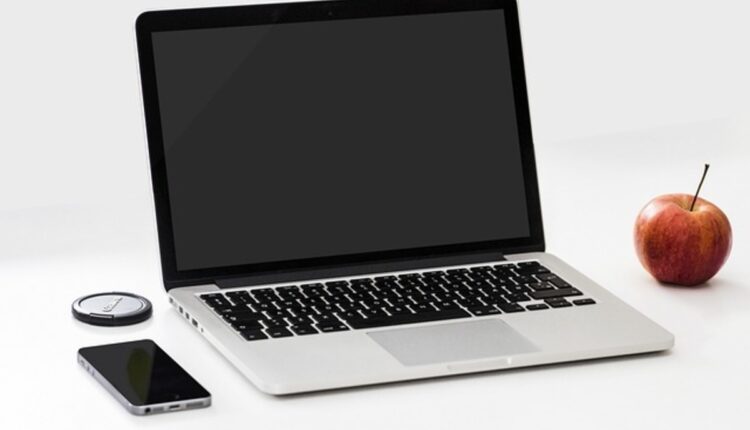Getting a brand new computer is a thrilling and, for some, nerve-wracking experience. But you need not worry. The steps outlined in this article will make setting up a computer for the first time a breeze.
In this piece, I’ll focus on a PC setup to use Microsoft Windows. Keep reading if you’re curious about your computer’s OS.
The contents of the boxes
The following should be found in each of your PC store boxes:
1) The computer itself, a slotted and plugged-in black box with ports on both sides.
2. A visual display device is a screen or monitor.
(3) A keypad
4. A pointing device, more commonly known as a mouse.
5. A couple of cords with end-to-end plugs.
Six, several CDs or DVDs
7 Possibly a quick-start guide and instructions.
Eight little speakers with cables.
There may be fewer or more extras in the box than advertised, depending on where you made your purchase.
WHERE DO I ATTACH WHAT
The computer should be placed on a desk where its back and front can be conveniently accessed. Disassemble the monitor and attach the base. (There’s always a pictorial guide in the bottom right corner of the screen.)
If the cable from your screen isn’t already linked to the back of the screen, you’ll need to find the 15-pin connector and plug it into the computer’s 15-pin socket.
Connect your purple-plugged keyboard to the corresponding purple port on the computer’s rear. Whether it’s the rear or the front of the computer, it doesn’t matter which socket you use as long as the black, flat connection, which is a USB plug, fits snugly into the socket.
To utilize a mouse with a green connector, insert the wire into the green socket next to the purple one on the computer’s rear. If the connector is flat and black, you can plug it into any USB port, like the keyboard.
The speakers will use a miniature jack, similar to those of headphones. Find the red, green, and blue sockets on the rear of the computer and insert the speaker plug into the green one.
Connecting a phone line to a computer is possible if it has a jack on the back. After some practice, you can use your computer as a phone, fax machine, and internet connection.
REGAINING STRENGTH
Correct, you are practically there. Locate the power cords with the kettle plugs and insert them into the slots on the rear of the machine. If there are two plugs, one provides electricity to your display. The screen’s mains cable must be plugged directly into the wall if only one is available. After that, you can turn the power on by plugging the mains wires into the wall. You’ll need to flip a switch next to the wall outlet on the back of the computer to get power, and then press the Power button on the front. There is typically an on/off toggle somewhere on the screen, either at the top or side. Put a tiny light next to this switch to let you know it’s active.
After a few seconds, your computer should begin to boot up, the fans should circulate air inside the casing, and the screen should show signs of life. Please wait a few minutes as the computer starts up. Meaning to run its initialization routines.
system software
It is standard procedure for computer retailers to preload Windows and any other necessary software onto a new computer before it leaves the store, as evidenced by a START button at the bottom left of the screen after booting. Clicking (i.e., holding the left mouse button) on the start button and other pictures will start the exciting journey of “learning your computer.” If this is the case, skip the following paragraph.
A black screen with an “insert installation CD” or similar message means you need to insert the operating system disk that comes with the computer. The drive can be accessed by pressing the tiny button on its right side, which bears the legend “Disc” or “DVD” or perhaps “Combo 52X” or something like that. The installation disc will clearly label your OS, be it Windows XP (or Vista), Mac OS X, Linux, or something else entirely. When the disk is loaded, the computer will give you instructions. Help will be required if Linux is used. Remember your Windows serial number, which may be printed on the disk you are inserting into the computer but is more commonly located on a sticker on the side or top of the computer’s chassis. Typically, this is a 25-digit number written as xxxxx-xxxxx-xxxxx-xxxxx. To use, enter it when prompted for a “product key.”
… AND FINISH UP!
If your speakers have a power button, you may need to flip it to “ON.” Yes, that’s the last word.
Getting started with computer usage will require a few more articles. Keep an eye out for them!
Check out my website for more fantastic articles and other cool swag.
Also, visit for some laughs and a free page of SQUEAKY CLEAN JOKES:
Visit http://wrinklyo.googlepages.com/ for the WrinklyO Web Node.
There’s a great deal more that you’ll appreciate.
(Visit Our Deals and Discounts Page!)
We appreciate your help. Have fun reading the articles!
In the words of Duncan Kelly
Read also: A Comprehensive Guide To The Health Screener

